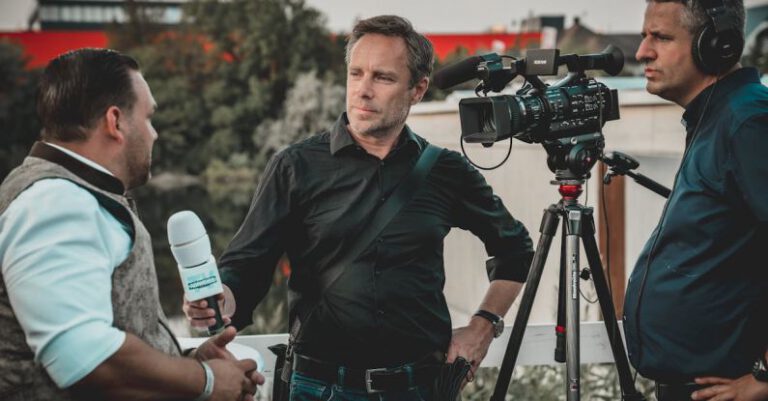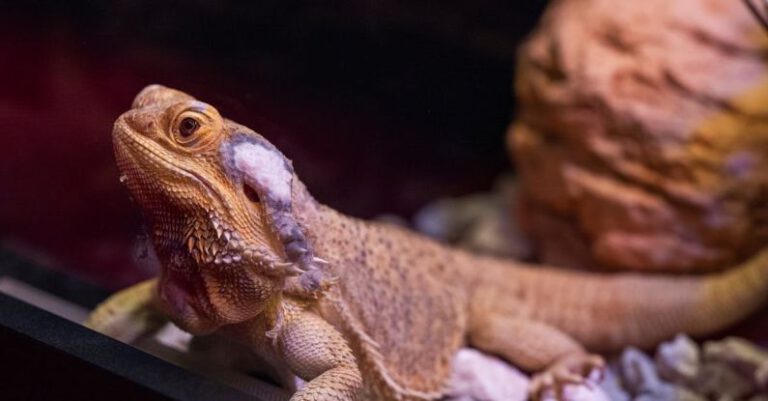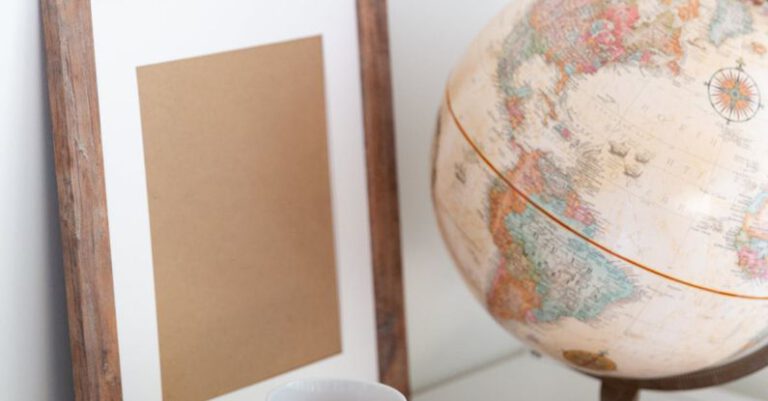What Are the Challenges of Curating a Tape Art Exhibition

Curating a Tape Art Exhibition: Navigating Challenges and Creativity
Curating an art exhibition is a multifaceted endeavor that requires a delicate balance of creativity, organization, and vision. When it comes to curating a tape art exhibition, unique challenges arise that call for innovative solutions and careful planning. Tape art, a contemporary form of art that involves using adhesive tape to create intricate and captivating designs, presents curators with a set of distinctive obstacles that must be overcome to bring the exhibition to life. In this article, we will explore the challenges that curators face when organizing a tape art exhibition and discuss how they can navigate these hurdles to create a successful and engaging showcase of this dynamic art form.
Selecting Diverse Artists and Artworks
One of the primary challenges of curating a tape art exhibition is selecting a diverse range of artists and artworks that reflect the breadth and depth of this unique art form. Tape art encompasses a wide variety of styles, techniques, and themes, making it essential for curators to carefully consider the selection of artists to ensure a well-rounded and engaging exhibition. Curators must strike a balance between showcasing established tape artists and emerging talents, while also highlighting a range of artistic approaches and perspectives within the medium.
Creating a Cohesive Narrative
Another challenge that curators face when organizing a tape art exhibition is creating a cohesive narrative that ties the diverse artworks together and provides viewers with a meaningful and engaging experience. With tape art being such a versatile and dynamic medium, curators must carefully consider how to curate the exhibition to guide viewers through a cohesive and compelling narrative that highlights the beauty and complexity of tape art. This may involve thematic groupings of artworks, curated installations, or interactive elements that invite viewers to engage with the art in new and innovative ways.
Navigating Technical Limitations
Tape art presents unique technical limitations that curators must navigate when organizing an exhibition. Unlike traditional art forms that are typically displayed on walls or pedestals, tape art often requires specific mounting and installation techniques to ensure that the artworks are displayed effectively and securely. Curators must work closely with artists to determine the best methods for installing tape art pieces, taking into account factors such as surface compatibility, adhesion strength, and environmental conditions to ensure that the artworks are presented in the best possible light.
Engaging the Audience
Engaging the audience is a crucial aspect of curating any art exhibition, and this is especially true for tape art exhibitions, which may be less familiar to viewers than more traditional forms of art. Curators must find creative ways to engage and educate the audience about tape art, its history, techniques, and significance within the contemporary art world. This may involve organizing artist talks, workshops, or interactive experiences that allow viewers to connect with the art on a deeper level and gain a greater appreciation for the creativity and skill involved in creating tape art.
Conclusion: Celebrating Creativity and Innovation in Tape Art
Curating a tape art exhibition presents a unique set of challenges that require curators to think creatively, strategically, and collaboratively to bring the exhibition to life. By selecting diverse artists and artworks, creating a cohesive narrative, navigating technical limitations, and engaging the audience, curators can overcome these challenges and create a dynamic and engaging showcase of tape art that celebrates the creativity and innovation of this captivating art form. Through thoughtful curation and strategic planning, curators can ensure that tape art exhibitions captivate and inspire viewers, fostering a deeper appreciation for the beauty and complexity of tape art.





